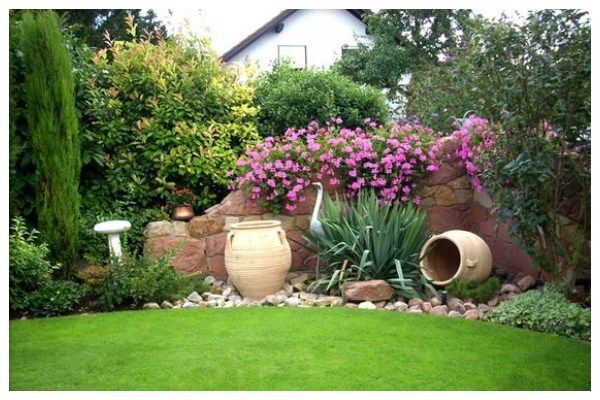When it comes to garden design, most people think of flowers, shrubs, and trees. However, incorporating edible landscaping into your garden design can provide both beauty and functionality. Edible landscaping is the practice of growing food crops in a decorative or ornamental way, blending them seamlessly with other landscaping elements. Here are some strategies for incorporating edible landscaping in your garden design:
1. Choose the Right Plants
When selecting plants for your edible landscaping, it is essential to consider both the aesthetic and functional value of the plant. Choose plants that not only look beautiful but also offer edible fruits or vegetables. Some examples of edible plants that can be incorporated into your garden include:
- Tomatoes
- Zucchini
- Peppers
- Strawberries
- Blueberries
- Grapes
- Raspberries
2. Incorporate Raised Beds

One way to incorporate edible landscaping into your garden design is by using raised beds. Raised beds can be used to grow vegetables, fruits, and herbs, and they can be designed to complement the style of your garden. Raised beds also help to keep the soil warm and provide good drainage, making them an ideal environment for growing edible plants.
3. Create an Edible Hedge
Another way to incorporate edible plants into your garden design is by creating an edible hedge. An edible hedge is a row of plants that provide food and serve as a boundary around your garden. Some examples of plants that can be used for an edible hedge include:
- Blueberries
- Raspberries
- Blackberries
- Gooseberries
4. Mix Edible Plants with Ornamental Plants
When incorporating edible plants into your garden design, it is essential to mix them with ornamental plants. This helps to create a cohesive design that is both beautiful and functional. For example, you can mix herbs such as basil and lavender with flowers such as marigolds and petunias.
5. Use Decorative Containers

Using decorative containers is another way to incorporate edible plants into your garden design. Containers can be used to grow plants such as tomatoes, peppers, and herbs. They can also be used to create a focal point in your garden. When selecting containers, it is essential to choose ones that are large enough for your plants and that complement the style of your garden.
Incorporating edible landscaping into your garden design can provide both beauty and functionality. By choosing the right plants, incorporating raised beds, creating an edible hedge, mixing edible plants with ornamental plants, and using decorative containers, you can create a garden that not only looks beautiful but also provides fresh, homegrown food.

